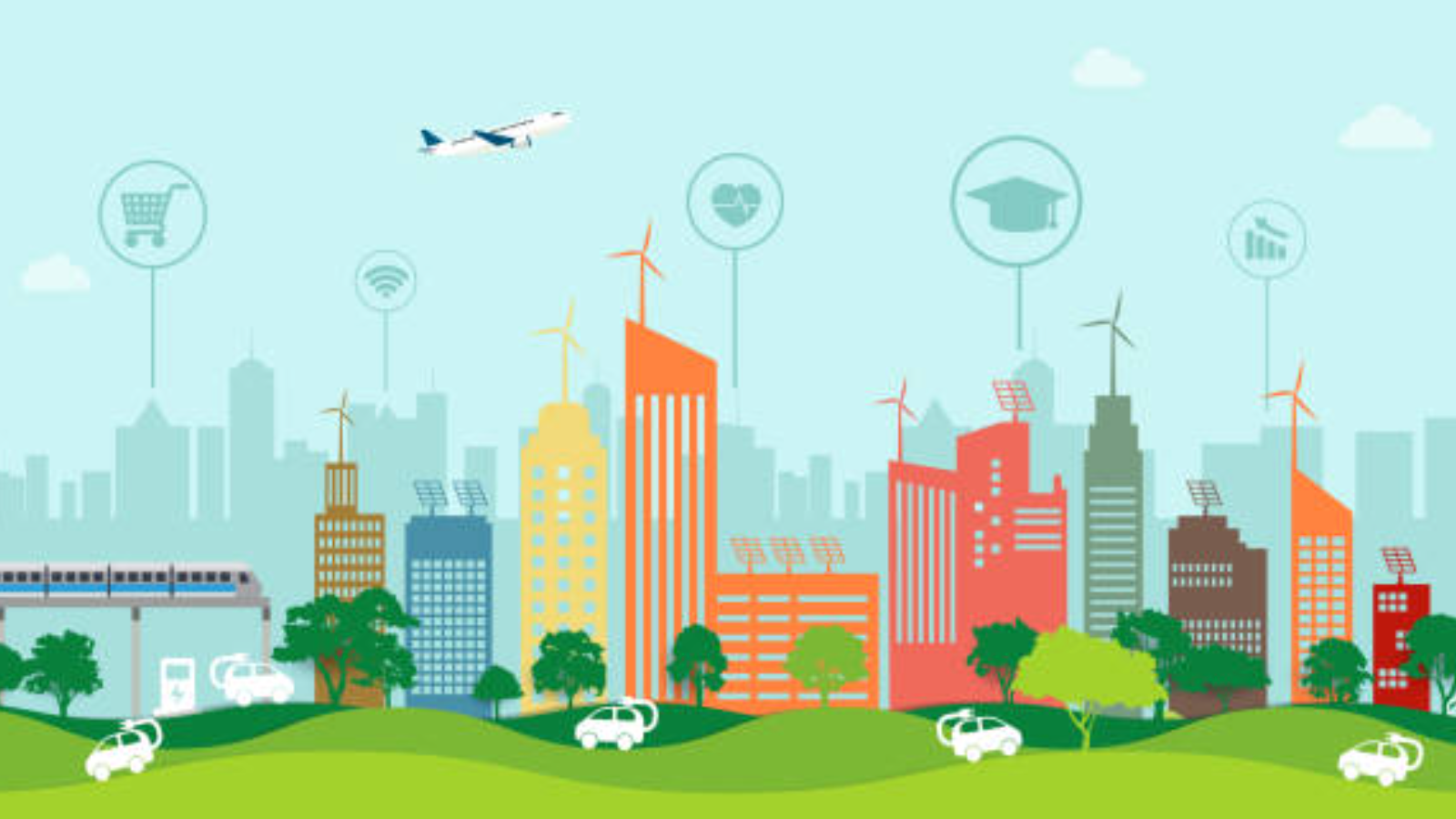In this Article
Introduction
The concept of smart cities has captured the imagination of urban planners, technologists, and residents alike. As our world becomes more interconnected, the need for cities to evolve and adapt to the demands of modern living has never been more pressing. But what exactly is a smart city, and how does it work? This ultimate guide will delve into the intricacies of smart city working models, shedding light on the technology and strategies that make them successful.
By the end of this article, you’ll have a comprehensive understanding of how smart cities operate and the benefits they bring to urban life.
How Does a Smart City Work?
A smart city enhances quality of life through integrated technology and data, optimizing efficiency, reducing costs, and promoting sustainability. Key components include:
1. Data Collection and Analysis
Smart cities rely heavily on data to make informed decisions. Sensors and IoT (Internet of Things) devices are deployed throughout the city to collect real-time data on various aspects, such as:
- Traffic Flow: Sensors monitor vehicle and pedestrian movement to optimize traffic signals and reduce congestion.
- Energy Usage: Smart grids track energy consumption, enabling efficient distribution and reducing waste.
- Environmental Conditions: Air quality sensors measure pollution levels, helping to implement measures for cleaner air.
- Public Safety: Surveillance cameras and emergency response systems ensure the safety and security of residents.
Implementation Strategies:
- Deploy IoT Devices: Install a network of sensors and IoT devices across the city to gather data on traffic, energy usage, environmental conditions, and public safety.
- Data Integration Platforms: Use advanced data integration platforms to aggregate and analyze data from various sources, providing actionable insights.
- Collaboration with Tech Partners: Partner with technology providers to ensure the seamless deployment and maintenance of IoT devices and data analytics platforms.
2. Connectivity and Communication
High-speed internet, 5G networks, and wireless technologies are essential for seamless connectivity in smart cities. This interconnectedness allows for:
- Real-Time Updates: Residents receive timely information about traffic, weather, and emergencies.
- Remote Monitoring: City officials can monitor infrastructure and services remotely, identifying issues before they escalate.
- Citizen Engagement: Platforms and apps facilitate direct communication between residents and local authorities, fostering a sense of community and participation.
Implementation Strategies:
- High-Speed Internet Infrastructure: Invest in high-speed internet infrastructure, including fiber-optic networks and 5G technology, to ensure reliable connectivity.
- Smart City Apps: Create and promote smart city apps for real-time updates and enhanced resident-authority communication.
- Public Wi-Fi: Establish public Wi-Fi hotspots in key areas to ensure that residents and visitors have access to the internet.
3. Sustainable Infrastructure
Smart cities prioritize sustainability by integrating eco-friendly practices and technologies to reduce their environmental footprint. Key initiatives include:
- Renewable Energy: Solar panels, wind turbines, and other renewable sources power city infrastructure, reducing reliance on fossil fuels.
- Green Buildings: Energy-efficient buildings with smart heating, cooling, and lighting systems minimize energy consumption.
- Waste Management: Smart waste bins equipped with sensors notify collection services when they are full, optimizing waste collection routes and reducing emissions.
Implementation Strategies:
- Renewable Energy Projects: Invest in renewable energy projects, such as solar farms and wind turbines, to power city infrastructure.
- Green Building Standards: Implement and enforce green building standards for new construction and retrofitting existing buildings with energy-efficient technologies.
- Smart Waste Management Systems: Deploy smart waste management systems that use sensors to monitor waste levels and optimize collection routes.
4. Smart Governance
Effective smart city governance requires transparent decision-making, data-driven policies, and stakeholder collaboration. Key aspects of smart governance include:
- Open Data Platforms: Publicly accessible data promotes transparency and allows residents to contribute to city planning.
- Collaborative Planning: Local governments, businesses, and residents work together to develop and implement smart city projects.
- Performance Monitoring: Continuous assessment of smart city initiatives ensures they meet their objectives and deliver tangible benefits.
Implementation Strategies:
- Open Data Initiatives: Launch open data initiatives that make city data accessible to the public, fostering transparency and citizen engagement.
- Stakeholder Collaboration: Establish forums and working groups that bring together local governments, businesses, and residents to collaborate on smart city projects.
- Performance Metrics: Develop and track performance metrics to evaluate the effectiveness of smart city initiatives and make data-driven adjustments as needed.
Conclusion
Smart cities represent the future of urban living, offering a myriad of benefits through the integration of technology and data. By focusing on data collection and analysis, connectivity, sustainable infrastructure, and smart governance, cities can enhance the quality of life for their residents while promoting efficiency and sustainability. As we move towards a more interconnected world, the importance of smart cities will only continue to grow.
How Can We Help?
AlphaX addresses smart city challenges with innovative solutions like advanced data analytics and sustainable infrastructure, ensuring cities thrive in the modern age. Visit our contact page to learn more about how we can help your city become smarter, more efficient, and more sustainable.
References
Related Blog Posts
How Smart Cities Connect: Getting Started with Edge AI and IoT Technology
How to Get Started with Edge AI and IoT Technologies in Smart Cities: Overcoming Integration Challenges In recent years, the concept of smart cities has evolved from a futuristic Read More
5 Step Strategy: Ensuring Security and Privacy in 15-Minute Smart Cities
Introduction Ensuring security and privacy in 15-minute smart cities is a critical challenge as urban areas become increasingly connected through IoT and edge AI technologies. These cities aim to Read More
What is a smart city and the challenge of legacy systems
How to Get Started with Integrating Legacy Systems in Smart Cities Smart cities are transforming urban landscapes by leveraging technology to improve the quality of life for residents. However, Read More




